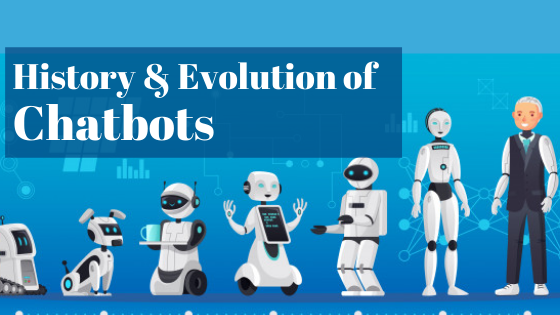In the computerized age, chatbots have become pervasive, filling in as remote helpers, client care specialists, and even colleagues. These simulated intelligence driven conversational connection points have made considerable progress since their origin, advancing from basic prearranged reactions to modern virtual elements equipped for taking part in significant discussions. How about we dig into the captivating excursion of chatbots and their urgent job in the computer based intelligence scene.
Origins and Early Development
The idea of chatbots traces all the way back to the mid-20th century, with the well known ELIZA program created during the 1960s by Joseph Weizenbaum. ELIZA impersonated a Rogerian psychotherapist, connecting with clients in text-based discussions by utilizing design coordinating and prearranged reactions. Albeit simple by the present norms, ELIZA laid the foundation for ensuing headways in conversational man-made intelligence.
All through the next many years, chatbots kept on developing, though leisurely because of restrictions in registering power and normal language handling (NLP) advances. Early cycles were essentially rule-based, depending on predefined contents to deal with explicit questions or errands. These chatbots missing the mark on capacity to figure out setting or gain from collaborations, bringing about restricted utility and client fulfillment.
Rise of AI and Machine Learning
The development of artificial intelligence and AI advances in the late 20th and early 21st centuries altered the field of conversational man-made intelligence. With the approach of brain organizations and profound learning calculations, chatbots acquired the capacity to process and dissect huge measures of text based information, empowering more modern dialect understanding and age.
Organizations like Google, Microsoft, and Facebook put vigorously in man-made intelligence research, creating progressed NLP models like BERT (Bidirectional Encoder Portrayals from Transformers) and GPT (Generative Pre-prepared Transformer). These models, prepared on enormous datasets, altogether improved chatbot capacities, taking into account more normal and setting mindful discussions.
Conversational AI in Practice
Today, chatbots are inescapable across different businesses, filling assorted needs going from client assistance and online business to medical care and training. Present day chatbots influence a mix of NLP procedures, AI, and conversational plan standards to convey consistent and customized client encounters.
One outstanding model is remote helpers like Amazon’s Alexa, Apple’s Siri, and Google Right hand, which utilize complex computer based intelligence calculations to comprehend client questions, recover important data, and execute undertakings. These menial helpers constantly gain from client collaborations, adjusting their reactions and ways of behaving to all the more likely serve individual inclinations and requirements.
In the domain of client assistance, chatbots have become basic devices for organizations looking to smooth out help activities and upgrade consumer loyalty. Via computerizing routine requests and giving moment reactions every minute of every day, chatbots lessen stand by times and empower specialists to zero in on additional complicated issues, in this manner working on generally speaking productivity and administration quality.
Future Directions and Challenges
Looking forward, the advancement of chatbots indicates that things are not pulling back. Future progressions in simulated intelligence, especially in regions like normal language grasping, discourse the board, and the ability to understand people on a profound level, will additionally upgrade chatbot capacities and empower further, more significant cooperations with clients.
In any case, a few difficulties stay on the way to really human-like chatbots. Moral contemplations encompassing information security, algorithmic inclination, and the potential for abuse should be painstakingly addressed to guarantee dependable man-made intelligence organization. Furthermore, accomplishing vigorous conversational simulated intelligence that can deal with uncertainty, mockery, and social subtleties represents a critical specialized obstacle.
In conclusion, chatbots have developed from basic prearranged projects to modern man-made intelligence conversationalists, reshaping the manner in which we cooperate with innovation and one another. As man-made intelligence keeps on progressing, chatbots will assume an undeniably essential part in our day to day routines, enabling organizations, advancing client encounters, and driving advancement in the computer based intelligence scene.



